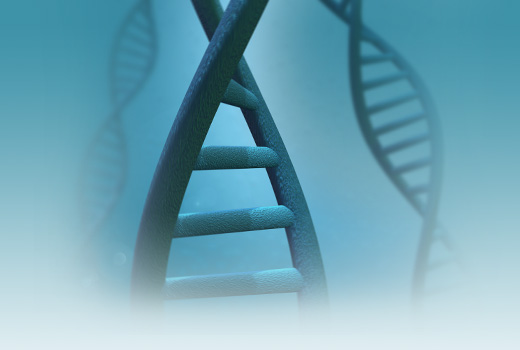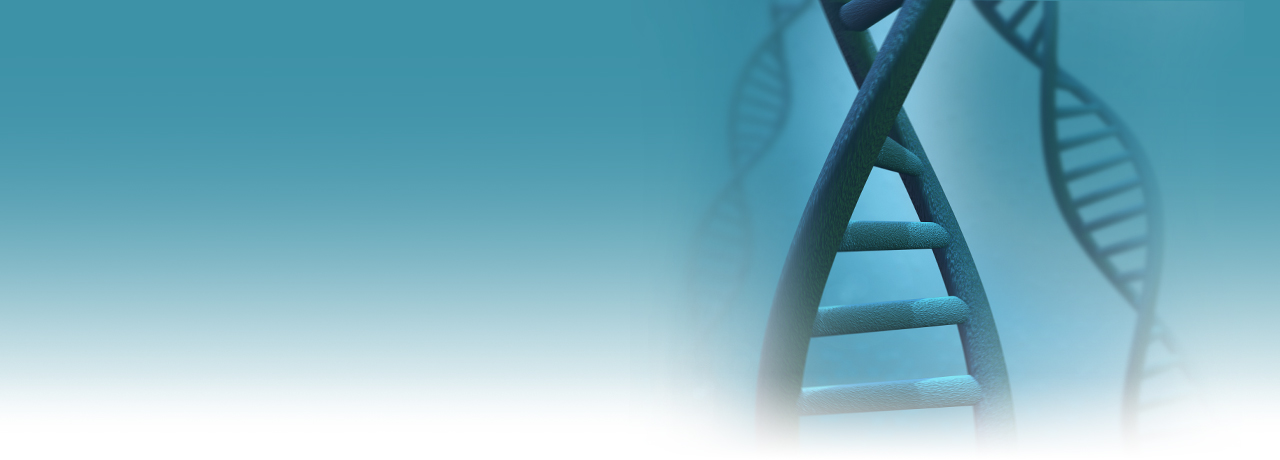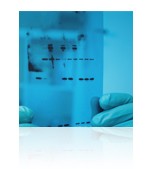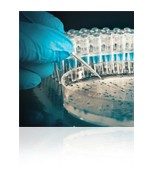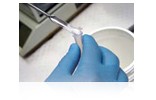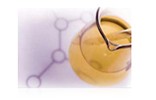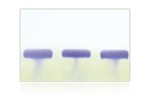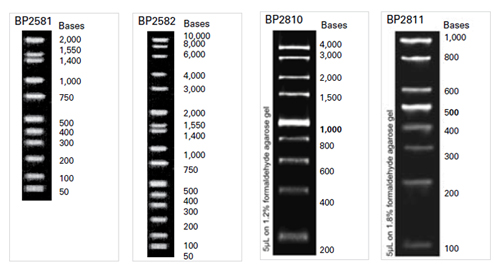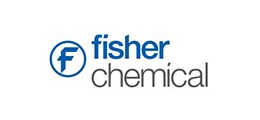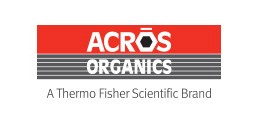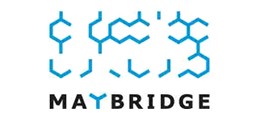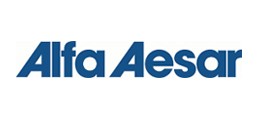UserName
Viewing profile as user:
Sign In
Don't have an account?
Create an Account
Account
Main Menu
Admin
Main Menu
Admin
ULS Inventory Manager
Main Menu
ULS Inventory Manager
Products
Antibodies
Products
Antibodies
Chemicals
Consumables
Equipment and Instruments
Furniture and Storage
Life Sciences Products
Products
Life Sciences Products
Safety Products
Products
Safety Products
Applications
Tools
Assay Tools
Chemical Structure Tools
Tools
Chemical Structure Tools
Oligos Tools
Tools
Programs
Services
Documents and Certificates
Main Menu
Special Offers
Main Menu
Special Offers
Orders
Shopping Tools
Main Menu
Welcome to fishersci.com
Choose the brand aligned with your industry so we can best serve your needs.







